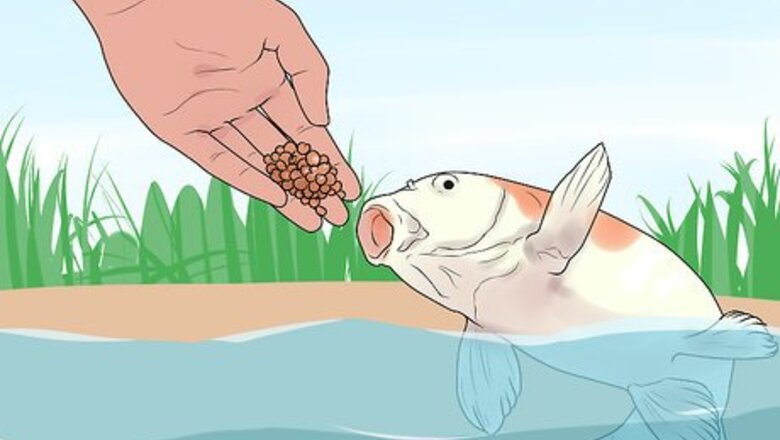
views
Approaching the Fish
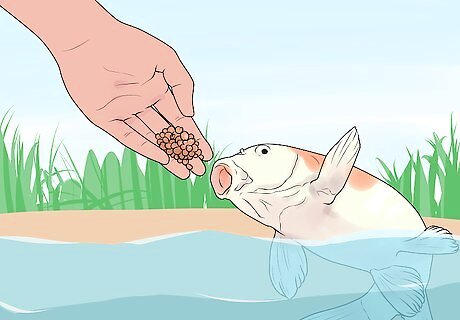
Hand feed friendly fish like koi and goldfish for the easiest experience. Some fish tolerate human presence more than others and are not shy about coming close. Koi, goldfish, betta and angelfish are common breeds that are very sociable. These fish, especially koi, often take food from a human hand. Hand feeding friendly fish will be easier than feeding delicate fish that are shy or less sociable.
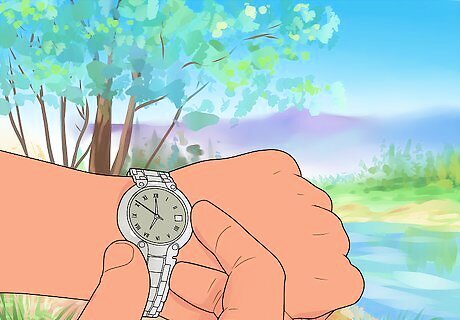
Select a calm and quiet time to feed the fish. The feeding place can be your own pond, your aquarium, or even a local park. To prevent distractions, choose a feeding time that’s free of sudden noises, such as splashing water, and sudden movements, such as other humans walking by. It’s best not to try this with a new fish you have just bought or moved to a new aquarium. Your fish needs time to acclimate to its new surroundings.
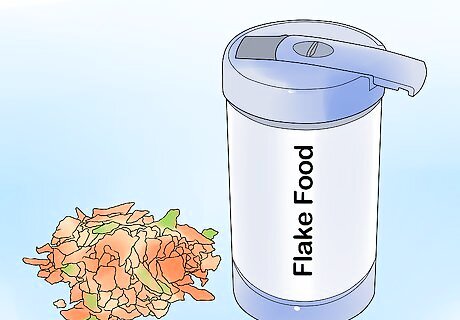
Use recommended food for the fish breed to avoid making the fish sick. Flake food or pellet food will work. If you’re hand feeding your own fish, use your regular fish food. If you’re at a park, the park will probably provide fish food for guests to use. Smaller fish, like goldfish or betta fish, typically like flake food or small pellets of food. Larger fish like koi enjoy large pellets of food.
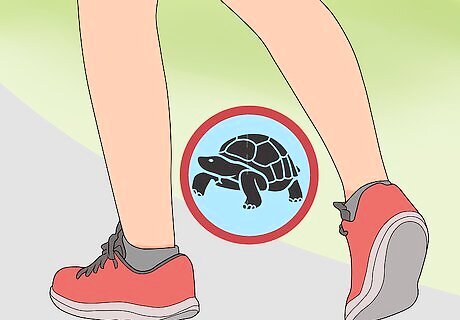
Move slowly and quietly to avoid startling the fish. Sudden movements will scare the fish. Moving slowly and quietly will help the fish trust you. They must be used to your presence before they will eat from your hand. If you accidentally scare the fish with noise or movement, wait a few minutes and try again! Startled fish will usually come back to you if they are hungry.
Offering the Food
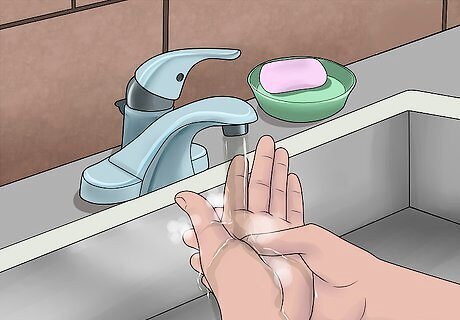
Wash your hands and arms very thoroughly. Make sure you’ve rinsed off all soap from your hands and arms. If you have cuts or wounds on your hands, wait until they’ve healed, or wear gloves. If you’re nervous about using your hand, you can hold the food in long tweezers instead of your fingers.
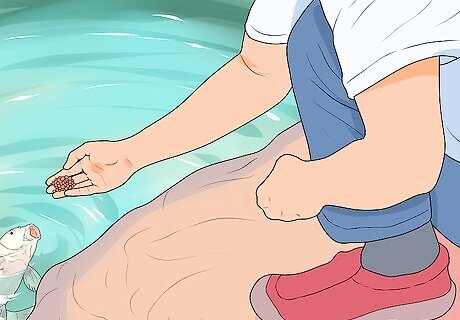
Feed the fish a few steps away from the edge of a pond or tank. Gently toss fish food into the water and observe the fish as they eat. Stand or sit very still, but don’t move away. When the fish have eaten all that food, do it again 2 to 3 more times. Remember to follow feeding guidelines depending on a fish’s breed and size.
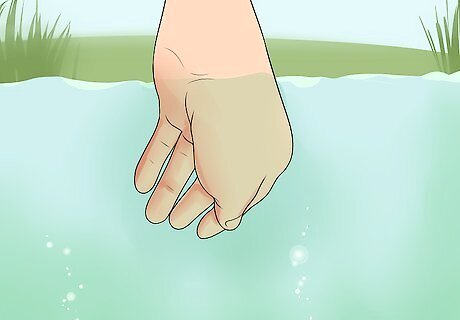
Leave your hand in the water while feeding the fish. Now that the fish are used to your presence, leave your hand in the water after dropping the fish food. The fish will associate your hand with something positive. If the fish swim away and don’t come back, remove your hand and try it again until they remain.
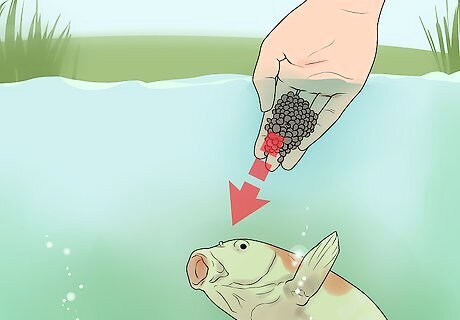
Lower your handful of fish food slowly into the water. Once the fish are comfortable seeing your hand in the water, they’re ready to eat directly from your hand. Take a handful of fish food and submerge it just below the water’s surface. Keep your hand cupped so the food doesn’t float away too quickly.
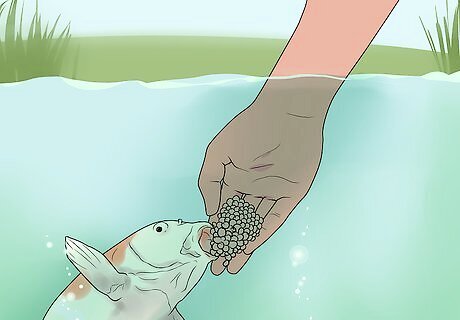
Let the fish eat directly from your hand. Release some of the food from your cupped hand. This will lure hungry fish closer until they eat directly from your hand. This may take several tries before the fish feel comfortable enough to do it. The first fish to eat will be the bravest, or hungriest. Once one fish begins to eat from your hand, the other less brave fish will follow it. Be patient and let the fish come to you.
Establishing a Feeding Routine
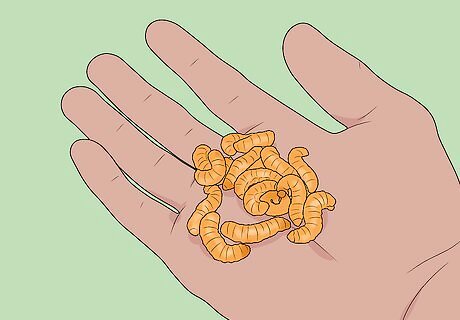
Try different types of fish food to see what they like best. If the fish don’t want to take the food from your hand, they may not like the food enough. Experiment with other types of flake or pellet food. You can even try worms or fruit flies, which many fish enjoy. Some fish like koi eat lots of things: fish food, plants, bugs, even human food like fruit or rice.
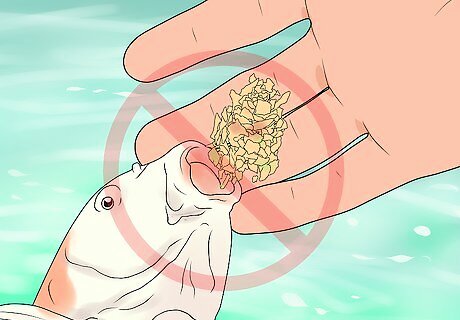
Avoid overfeeding by giving fish less food than needed. A fish typically eats its fill in about 5 minutes, but they will eat even if they’re not hungry. It’s best to underfeed them at first to be safe. The amount of food a fish needs depends on its breed, size and type.
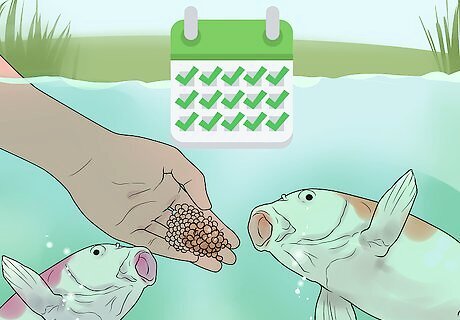
Feed fish at certain times during the day to create a schedule. Fish will start to expect you at feeding times and look forward to hand feeding. With a regular schedule, the fish will remain friendly towards you and won’t be scared by your hand. Some fish may even learn to greet you at the edge of their tank or pond. Most fish only need to be fed once a day, or fed smaller portions twice a day.












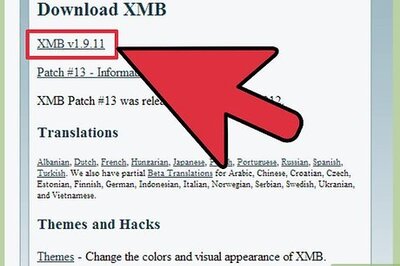







Comments
0 comment